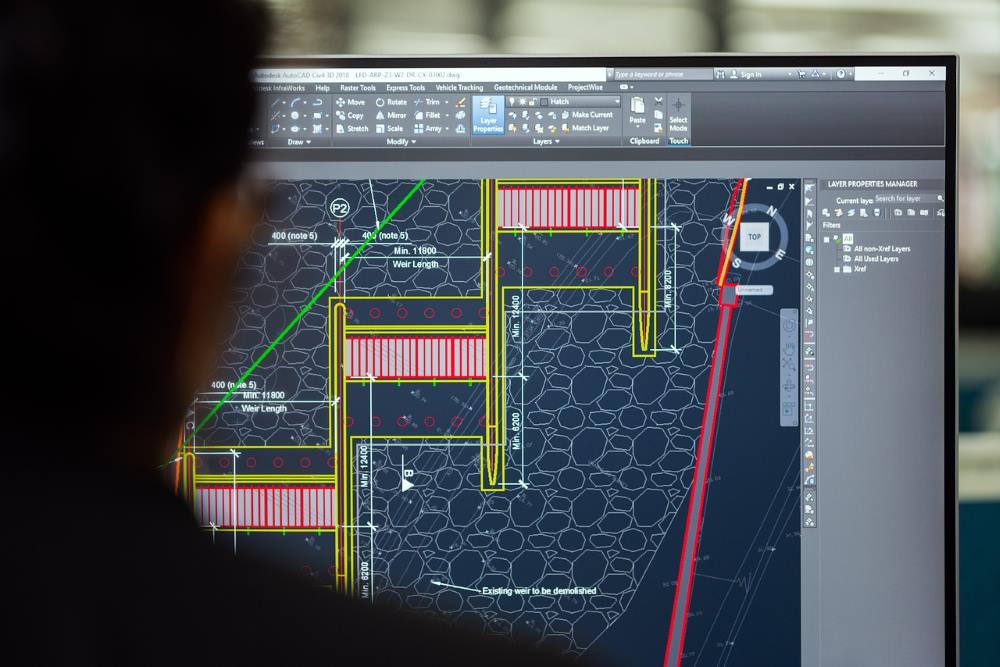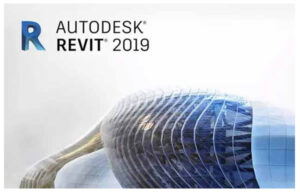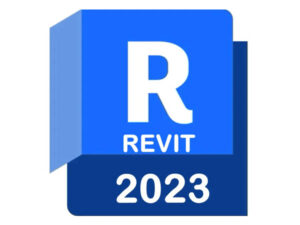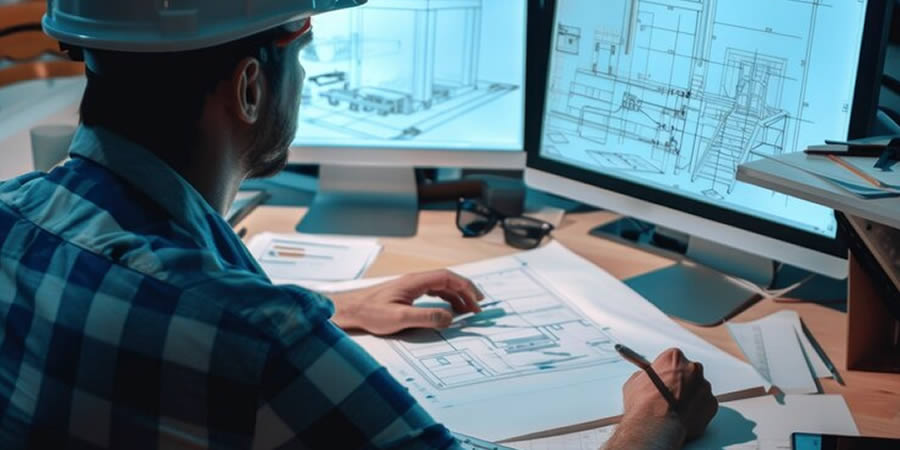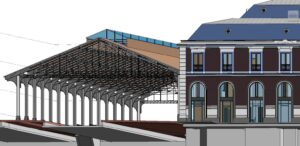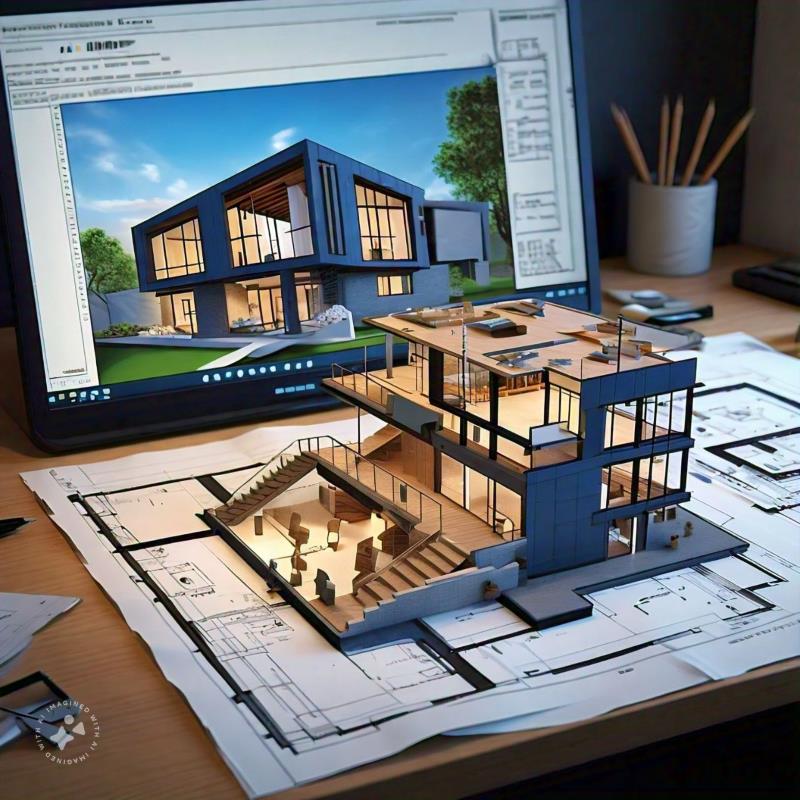As we’ve mentioned in various articles on our website, the BIM methodology is not only present during the planning and execution phases of projects – it goes beyond construction and can positively impact building management through simulations, component lifecycle control, and expansion projections.
One of the technologies currently being integrated with BIM is the Internet of Things (IoT), which in turn will make BIM an even more powerful tool for real-time building maintenance and management.
From Construction to Lifecycle Management
Integrating IoT sensors allows the digital model to evolve from a static representation into a living digital twin, powered by real-time data. This opens the door to more efficient asset management, predictive maintenance, and resource savings.
How Does BIM + IoT Integration Work?
The Internet of Things operates through sensors that can provide data on foot traffic within the building, elevator usage, air quality, structural vibration during seismic events, and more.
All this centralized information enables us to identify risk zones, mandatory maintenance elements, and over time, develop real statistics and data that facilitate preventive and timely maintenance through a centralized system functioning as a brain.
This not only results in cost savings in terms of maintenance management and failure prevention, but also reduces downtime caused by repairs.
Where Can BIM + IoT Be Applied?
- Corporate buildings
- Hospitals
- Industrial plants
- Public projects
The Future: Toward Complete Digital Twins
The convergence of BIM + IoT is the first step toward adopting digital twins—virtual replicas that simulate the behavior of a building and allow for full lifecycle management, from planning to decommissioning.
In this scenario, buildings will no longer be conceived merely as physical spaces, but as intelligent, self-sustaining ecosystems, where each sensor feeds a database that helps improve efficiency, reduce costs, and ensure people’s safety.
As we can see once again, the possibilities of BIM methodology are vast and open the door to new ideas. If your company is interested in developing BIM projects, at Acero Estudio we provide experienced BIM consulting services specializing in implementation, BIM modeling, and BIM auditing for projects and constructions.
Contact us today – we’re here to help.



